Xenoblade Chronicles 2: Torna – The Golden Age on Nintendo Switch
When The Legend of Zelda: Breath of the Wild launched in 2017, I thought it would absolutely be my favorite Switch game of the year. That was until Xenoblade Chronicles 2 released, providing a sweeping narrative, gorgeous anime art style, phenomenal soundtrack, and a delightfully complex combination of gameplay systems. All these elements are present in Xenoblade Chronicles 2’s new expansion, Torna – The Golden Age, but everything is simplified for a more succinct, streamlined experience. There are a few issues that crop up during the experience, but as a whole the expansion manages to be a fitting, emotional end to the story told in Xenoblade Chronicles 2.
Torna takes place 500 years before the start of Xenoblade 2 and focuses on a vital piece of history touched on here and there in the main story. The expansion follows the hero Addam, and the band of allies that fought against the main villain of the main game, Malos, as he tried to destroy the world. A bunch of familiar faces pop up in Torna like Brighid, Aegaeon, and Mythra, but the relationship between Lora and Jin, in particular, is heavily explored by this story.
While you theoretically could jump into Torna without having played the base game, the emotional weight behind the story really is meant for players that already have the knowledge of Xenoblade 2’s story. That’s not really a problem considering this is an expansion, and if you’ve played Xenoblade 2 you’ll know the sad places this story is bound to go. It was absolutely fascinating getting to know new characters like Addam, Hugo, and Minoth, ones we’ve heard so much about in the original game, but never got to see. At the same time, it’s also great to see an extra dimension on returning characters, especially Jin, who becomes even more complex and rounded of a character than he already was.
The main story of Torna lasts roughly 15 hours, but the expansion surprisingly puts a huge emphasis on sidequests. There’s a new system known as Community that essentially takes the place of the Development Level in the main game, but more streamlined. By completing sidequests and talking characters you help out the inhabitants of the world and add them to your community, in turn unlocking more sidequests to do, with even more valuable rewards. There are actually points in the main story where the game blocks your progress, requiring you to complete sidequests in order to progress.
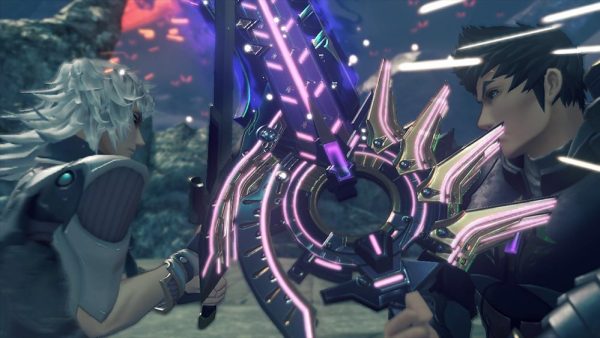
Initially, I felt that this ground the pacing of Torna to a halt, and it bothered me. However, after I spent some time completing various sidequests, I was happily surprised that as a whole the sidequests in the expansion are written much better and are more engaging than in Xenoblade 2. Nearly every sidequest takes time to tell an interesting story about the citizens of Torna, or provide some fun character development for the main party. Eventually, it started to click for me that these sidequests were intentionally built into the experience, drawing you into the country of Torna and its people and making you care about them, making the emotional blow all the more weighty, considering its eventual fate. This design decision will absolutely annoy some players, but for my part, the initial annoyance quickly wore off.
The battle system of Torna also received a few changes, first of which is the fact that your party members can’t switch different Blades in and out of the party. Instead your three Drivers, Addam, Lora, and Hugo, each have two Blades that are specifically assigned to them. While your Driver won’t be switching weapons, a new Vanguard and Rearguard system has you switching which character is actively attacking and which is supporting during battle. The Vanguard switch is on a cooldown, but once cooled down you can hit down on the d-pad to switch the back character to the front. At the same time hitting left on the d-pad will let you switch between your two Blades, adding more options for combat. Additionally, each character has a special talent art on the right d-pad that activates special effects.
Combined with all these systems is the idea of recoverable HP, noted by the red segment on your HP gauge. Doing a Vanguard switch will recover all of the red lost HP, bumping your health back up, therefore encouraging active Vanguard switching. These systems all combine with the other elements of Xenoblade 2’s combat: Driver combos, Blade combos, and chain attacks. Xenoblade 2’s combat was already wonderfully complex and active, but Torna’s changes make it even more of a blast to play. There’s literally almost no point in time during combat that you aren’t actively doing something, and you constantly have to stay on your toes using combos, Vanguard switches, trying to heal, and more.
Fighting in Torna is so much fun that I would actively seek out dangerous enemies above my level to challenge myself, and play out a long, hectic battle. Outside of actual battle, Xenoblade 2’s equipment and leveling system remains mostly the same, with you leveling up attacks, using SP to unlock skills, and equipping Blades with Core Chips.
Torna’s world is a good bit smaller than Xenoblade 2, but it’s still jam-packed with treasure and secrets to explore. The story takes you back to Gormott, and lets you explore the entirely new continent of Torna. While Torna is a great new area, it would have been nice to see a little more variation in the environments or a few more places to explore.
Dotted around the world are campfires the party can use to rest and level up, talk to get little bits of exposition and use the expansion’s new crafting system. Each character in Torna has a particular group of items they can craft at the campfire, with some providing permanent bonuses and others giving you items you can equip in party member’s pouches for stat boosts. There’s a wide array of items to craft and you’ll constantly be learning new ones, providing plenty of uses for all the items you gather.
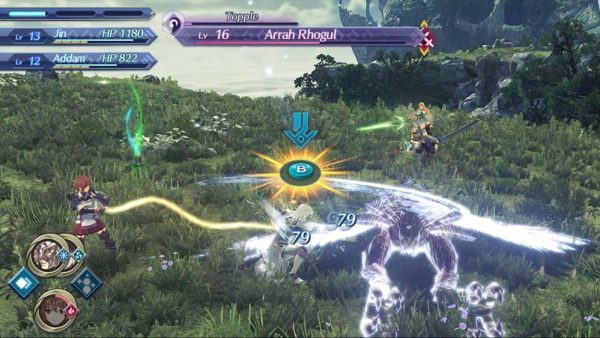
Xenoblade 2’s art style is just as strong as ever in Torna, and the Japanese-inspired aesthetic of the country of Torna helps it stand out from the rest of the game. Environments still look fantastic, and I consistently found myself amazed by how good the cutscene direction is, and the dynamic camera angles used. Surprisingly, it seems like Torna looks a little better than the main game in handheld mode, cutting down on some of the intense graininess. The best way to play the game is still, of course, in docked mode, but there’s definitely a noticeable difference.
A few new music tracks have also been added on for the DLC, and they have a kind of jazzy theme that ties everything together. The new theme for Gormott and the Royal Capital of Auresco, in particular, are some of my favorites from the entire Xenoblade Chronicles 2 soundtrack, which I’ve noted as being one of the game’s strongest aspects before.
Despite not having played Xenoblade Chronicles 2 in nearly a year, almost immediately I found myself completely absorbed by Torna, exploring every nook and cranny, and once again growing to love its characters. The odd style of pacing and sidequest focus can be off-putting for some, but taken as a whole Torna is a fantastic piece of additional content for a massive JRPG. It’s a fitting way to cap off the wave of post-release content Xenoblade Chronicles 2 has received, and a must-play for any fan of Monolith Soft.
Score: 4/5 – Great
Pros
| Cons
|
For more information on how we review games, check out Twinfinite’s review policy here.

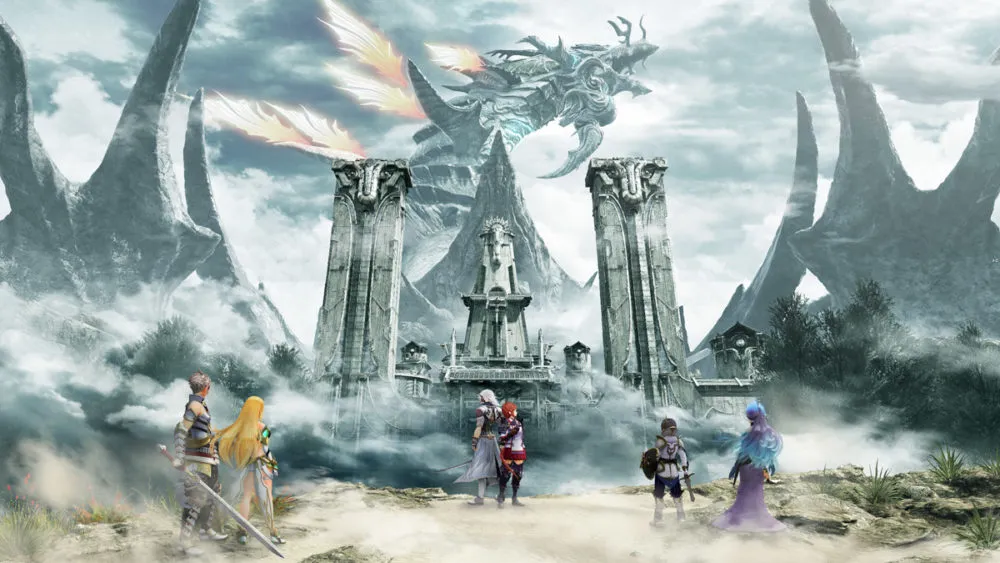


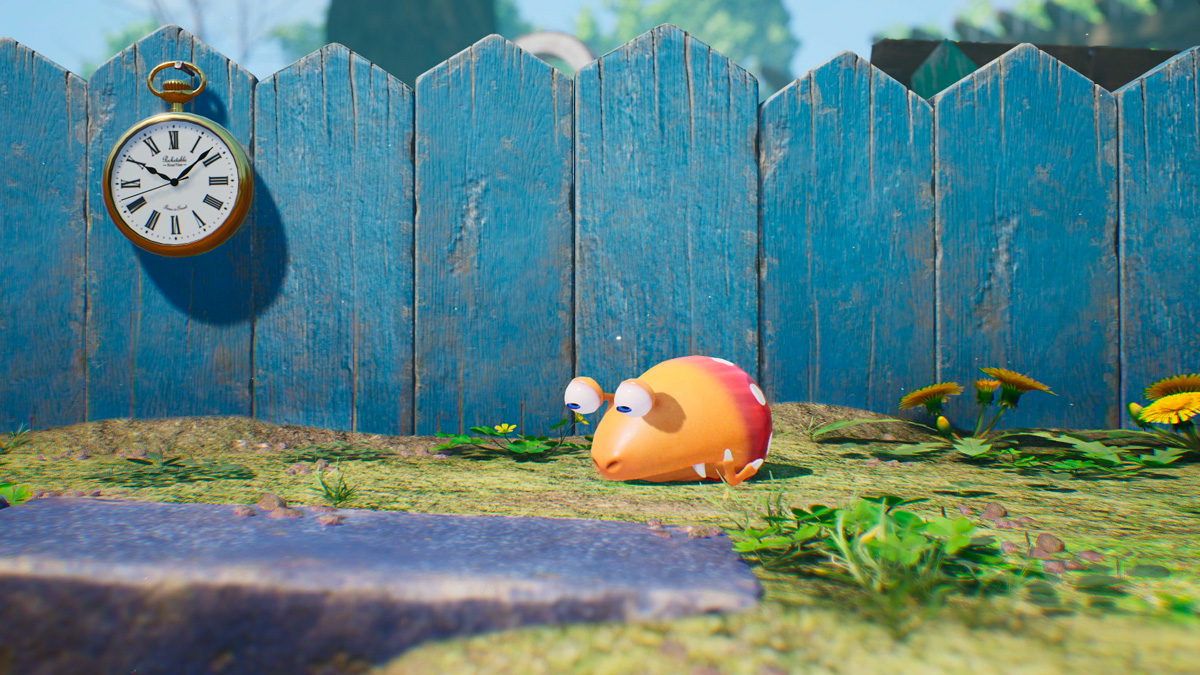

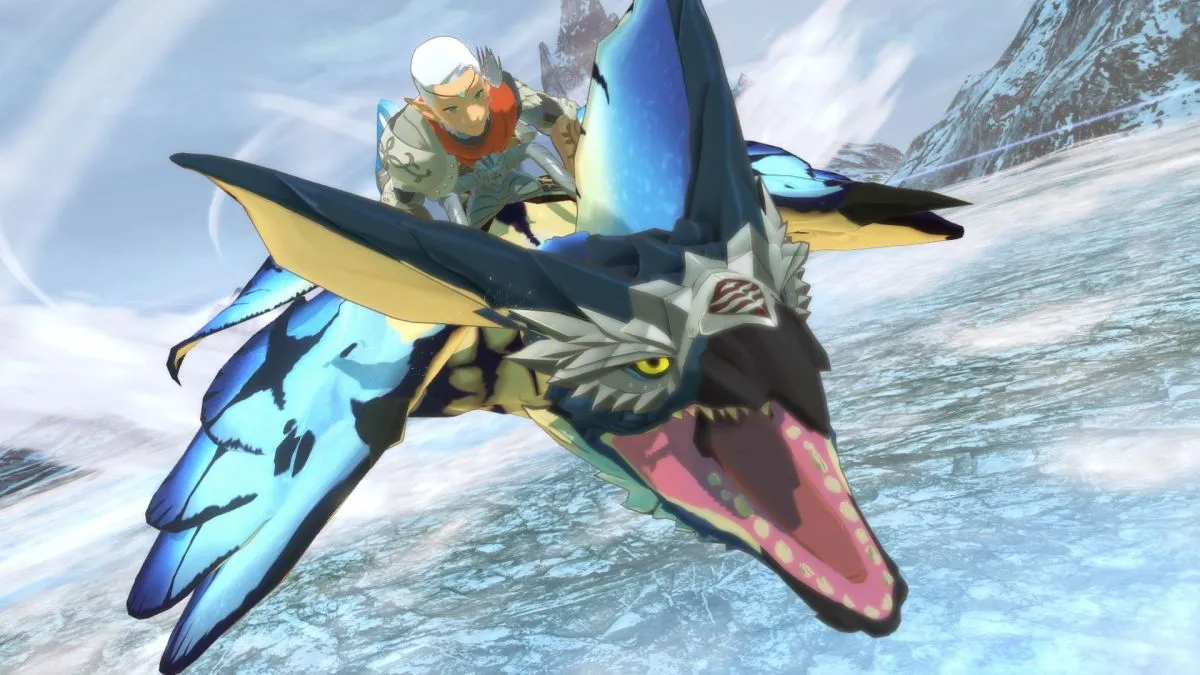
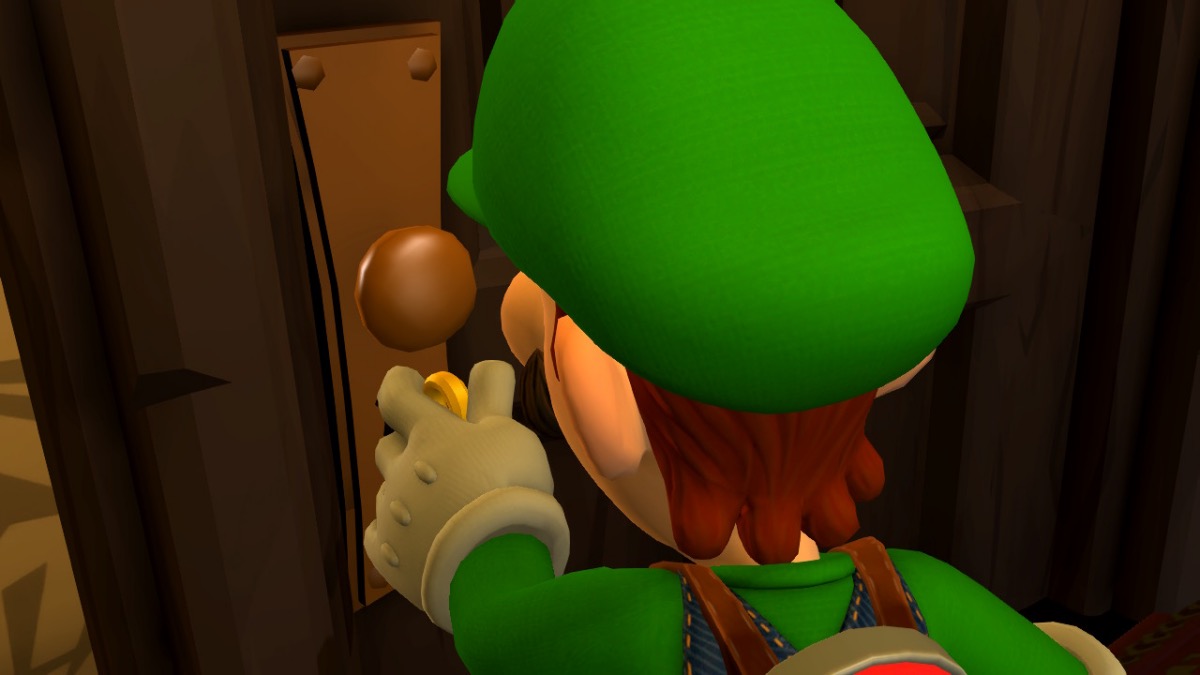

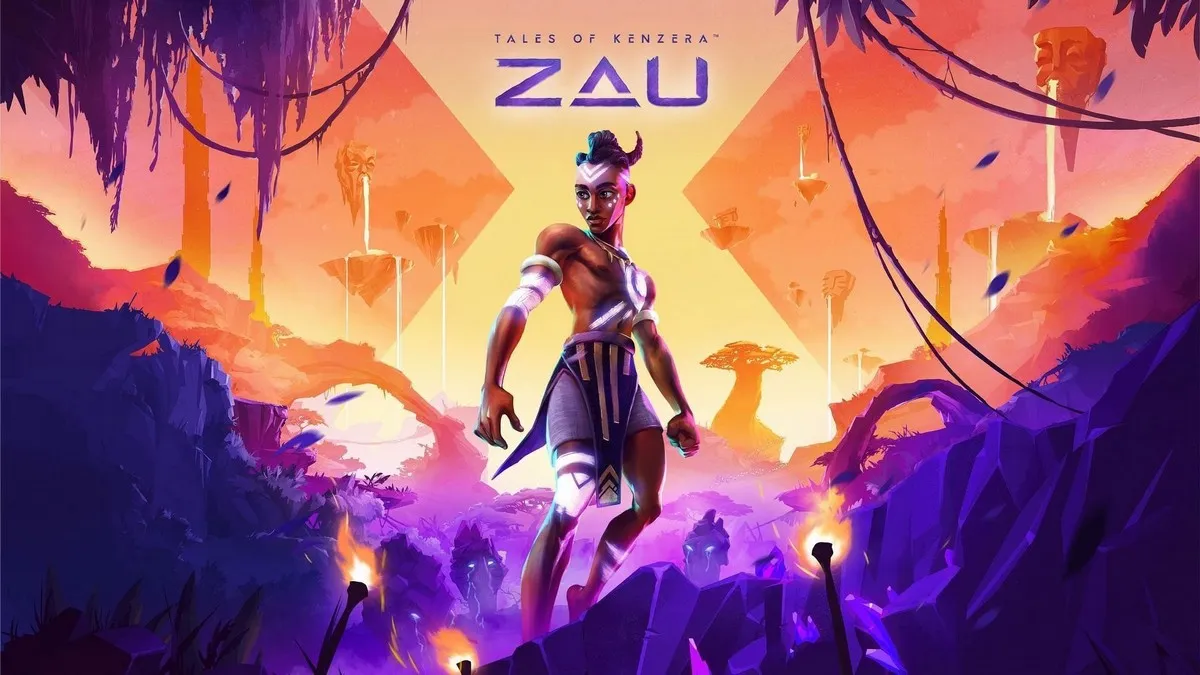



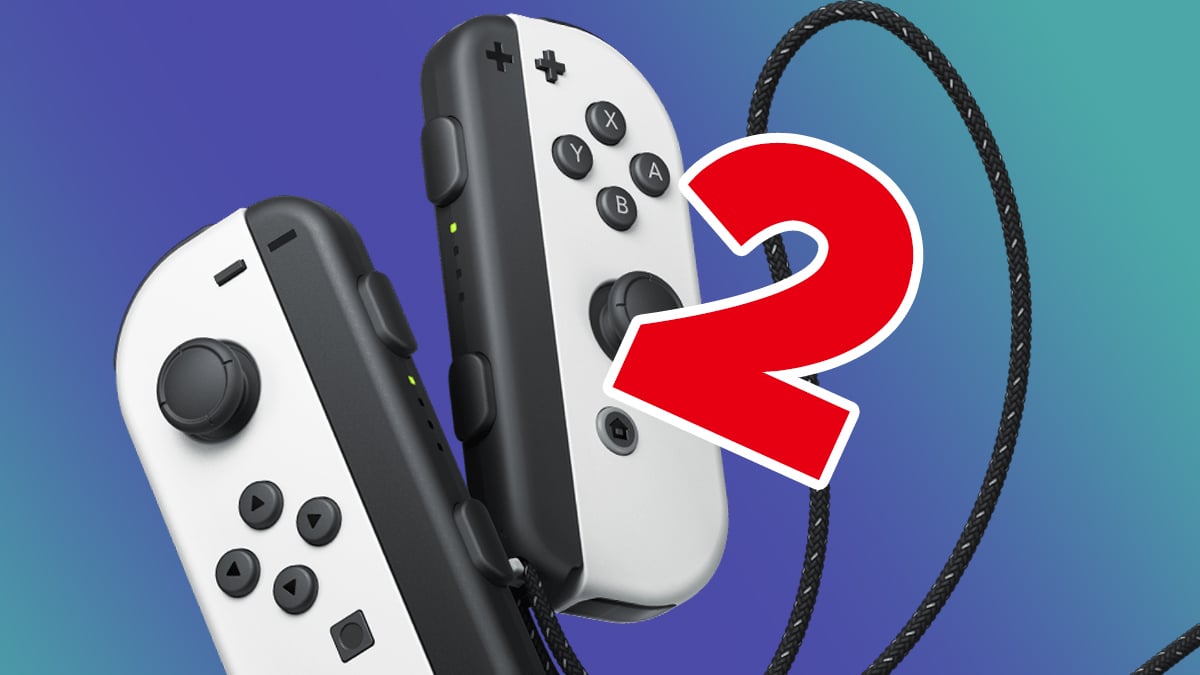

Updated: Sep 17, 2018 03:03 am